Manacor, is the second biggest municipality in Mallorca in extension (260,22 square km), but also in population terms (29.296 inhab. in Manacor city on the 1st of January 2013). The capital carries the name of the district and is the industrial and commercial centre in the East of the island. Since 1912 it was officially declared as „city“.
The first indications of human occupation, in the actual municipal area, go back to the pretalayotic epoch (2000-1400 BC). Up to today, very diverse cultures have passed through our territories: Greeks, Romans, Arabs and the remains can be visited in the History Museum of Manacor, located in the Torre dels Enagistes
The town of Manacor exists from the 13th century and it acquired the statute of villa or „town“ in the year 1300. Manacor’s economy was based on agriculture (almond-trees, vegetables and cereals) and cattle (sheep), though also textile sector and nourishment industry had certain importance.
From the second half of century the construction of furniture increased. The manufacture of quality furniture is the second most important industry in the municipality. Another important source in Manacor is the production of artificial pearls, especially the pearl factory Majorica (founded in 1902). This sector has given world reputation to the city.

All this development of the economic activity and the appearance of the tourism in the 60s have made of Manacor the capital of eastern Mallorca. The tourism, has increased economic numbers, specially in the last two decades. This fact has supposed a major demand of services, accentuated in addition by Manacor’s progressive consolidation as regional center.
Manacor’s typical sweet are „sospiros“ done made of flour, eggs and sugar. Also the production of wines is important enough, like Bodegas Pere Seda, Miquel Gelabert, Toni Gelabert and Son Sureda Ric.
The most important holidays and popular fiestas are Sant Antoni in January, the „Fires i Festes de Primavera“, at the end of May (with the celebration of one of the most important cattle and commercial fairs of Mallorca). Also Sant Jaume’s night fair in July. Very famous is it the Fair of Manacor’s Theatre that has been consolidated as one of the most known theatre fairs in the Catalan Countries.
Visit Manacor:
-Church Nostra Senyora dels Dolors.

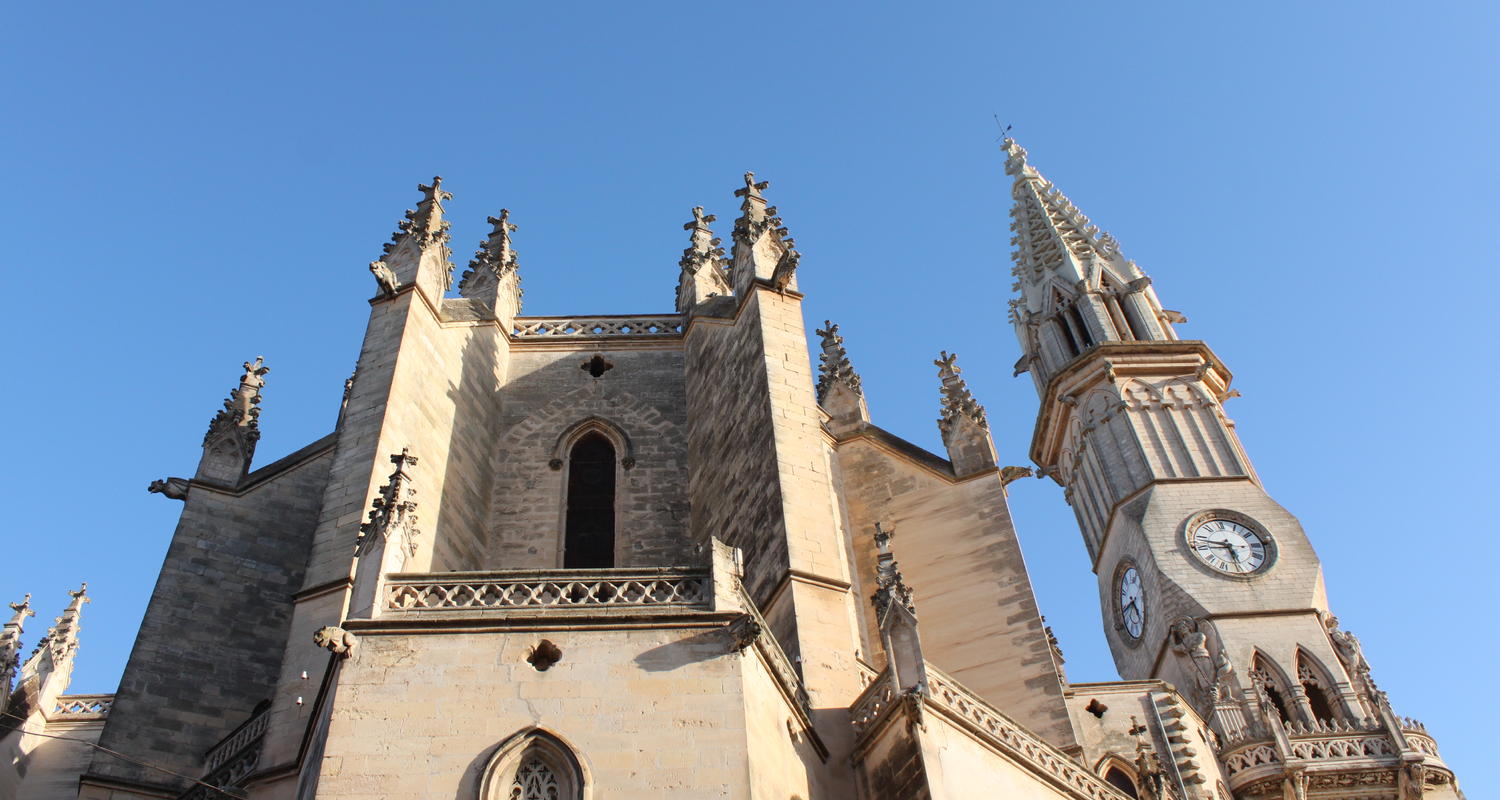
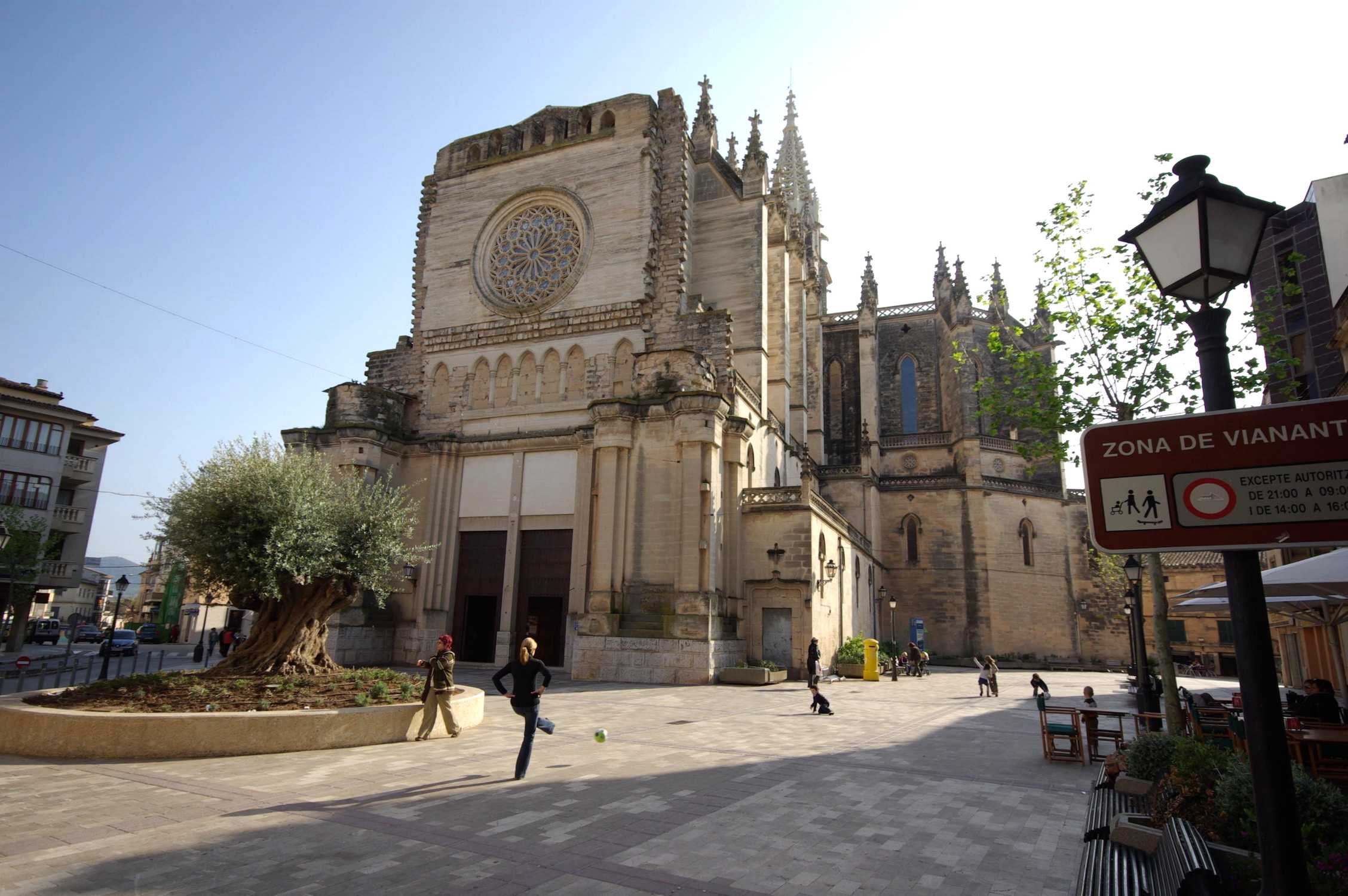
Situated at Plaça del rector Rubí, in the center of Manacor.
Its construction began at the end of the 19th century and commended by priest Rubí to naval engineer José Barceló Runggaldier,who drew up the designs,and constructor Gaspar Bennàssar, who directed the works and built the bell-tower, the highest building in town known as Torre Rubí. Apparently this site was a cult place in the Islamic period. It is the place where, after the conquest of Jaume the First, the church of Santa Maria was situated. For this temple was very small, in the 14th century another one was built, which was finished in the 16th century, although the main doorway, originally situated on the side of the bell-tower, dates from the end of the 18th. This church was demolished to build the actual church. Some parts of the 18th century still remain, like the chapels of Sant Antoni and Sant Francesc, the towers of the ancient main façade at both sides of the bell-tower, part of the Mother of God sacristy and part of the old bell-tower. Built in negothic typology it has a latin-cross floor shaped one-hall basilica with chapels between the buttresses, with its transept arms in the fore section to the presbytery. There are ten aisles, five on every side, and in the chancel there is one chapel on every side and in the high altar. On every transept arm there are seven chapels, standing out the one consecrated to the Immaculate Virgin and the other to the Sant Crist of Manacor.
Masses:
Summer (from April to September 15th)
From Monday to Saturday at 8 and 20 h.
Sundays at 8, 10.30, 12 and 20 h.
Winter (from September 15th to the end of March)
From Monday to Saturday at 8 and 19.30h.
Sundays at 8, 12 and 19.30h.
Open daily from 8.30 to12.45h and from 17 to 19.30 h.
(phone number 971 55 43 48
-Sa Bassa and surroundings
Situated in the centre of Manacor, the square of Sa Bassa is a meeting point for the Manacorish. It offers a wide range of shops and every Saturday morning a craft market is hold.
The square is surrounded by historical buildings of the 17th, 18th and 19th century. Time ago there was a watering-place or drinking-trough on this place.

-History museum of Manacor
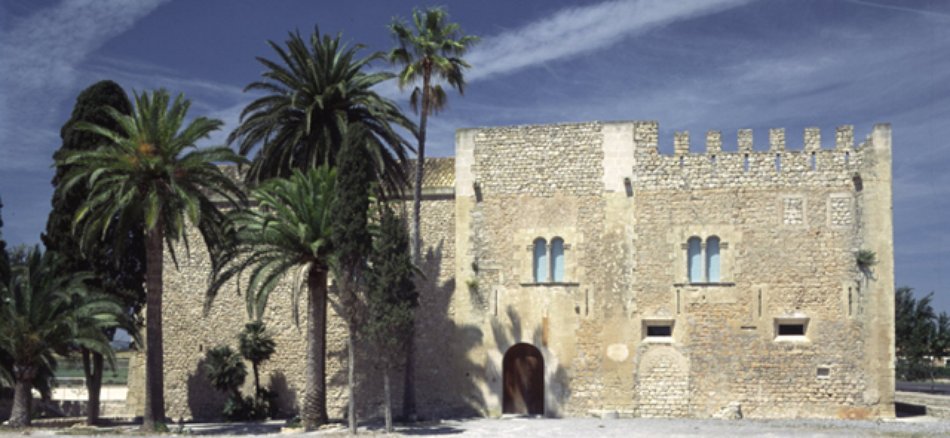
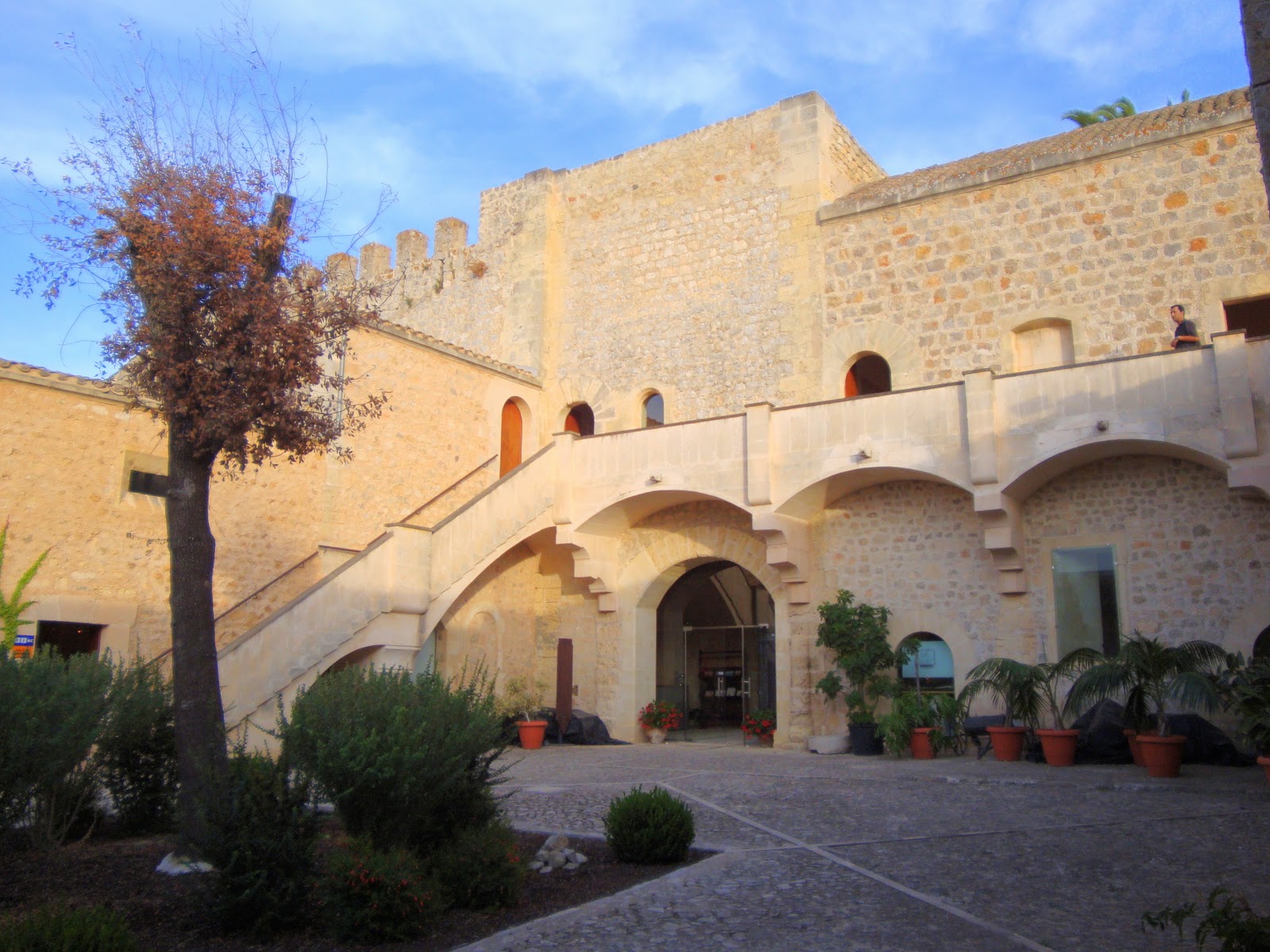
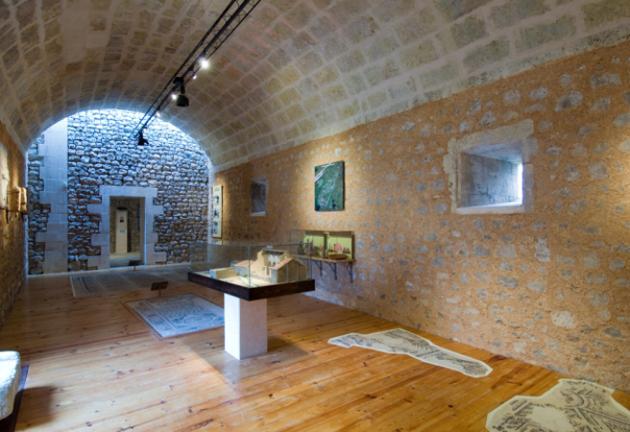
Located on the road Manacor-Cales de Mallorca, km. 1,5.
A defence enclosure and rural housing typical of the lordly classes of the 14th century. The tower was built by Pelai Onis, in the Ancrad farmstead in the Manacor district, just after the Conquest and surrendered by count Nuni Sanç in the 13th century. The tower of Enagistes is a connecting element between Majorcan and Catalan lordly architecture. The architectural organization of the enclosure is clearly defensive with only one exit door. Some simple buildings facing a central patio. The most renowned part is the gothic wing, the tower consisting of two floors with archer’s loopholes and crowned by battlements. The coronelles amb festejadors or mullioned windows are characteristic for this period. In the 15th and 16th centuries another section was added which is characterized by its ogee arch window in the first floor. Presently it is the History Museum of Manacor, with four exhibition halls which include the Prehistoric, Roman, Paleochristian and Islamic period, and another hall with miniature boats and furniture, all completed by a program of temporary Art exhibitions in the first floor.
Summer opening hours
From Monday to Saturday from 9.30 to 14 h and from 18 to 20.30 h
Tuesday and Sunday closed
Winter opening hours
From Monday to Saturday from 10 to 14 h and from 17 to 19.30 h
Sunday from 10.30 to 13 h. Tuesday closed.
Free entrance (phone number 971 84 30 65) http://museu.manacor.org
-Cloister and church Sant Vicenç Ferrer

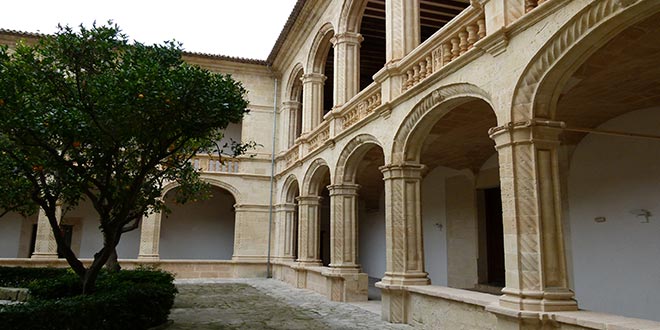
These buildings are located at Plaça del Convent, in the centre of Manacor.
The construction of the church began in 1597 and it was opened to cult in 1617. It is the typical Majorcan convent church with one-hall basilica floor and chapels built between buttresses, based on gothic typology in moderation and austerity. The façade was a doorway under a round arch, with a sculpture of the saint, Vicenç Ferrer. On the left side of the façade is a small bell-tower with a pyramidal roof. Despite the Baroque appearance of the gilded decoration the interior is austere. Among all the chapels, the one situated on the right and dedicated to Roser stands out. In this chapel, which is like a small temple with its own altarpieces, aisles and altar, we can observe all the sculptures which are the richest example of religious Baroque in Manacor. Another important element is the pipe organ, probably constructed at the end of the 17th century or beginning of the 18th. The building of the cloister began about the middle of the 17th century and was probably concluded in the 18th century, in 1744. The structure is based on a rectangular floor surrounding a central court and consisting of ground floor and first floor. The ensemble follows the Baroque typology, standing out the columns and decorated pilasters. This cloister is part of the convent enclosure and was originally closed to general public and only used by the monks. During the sale of Church lands in 1835 the owns of the Order of Preachers passed into the hands of the State and the cloister had different uses: post office, prison, etc. Nowadays it is used for municipal offices. In 1919 it was declared National Monument. During 2005and 2006 it was totally restored.
The cloister can be visited from Monday to Friday from 8 to 14 h and from 17 to 20h. Free entrance.